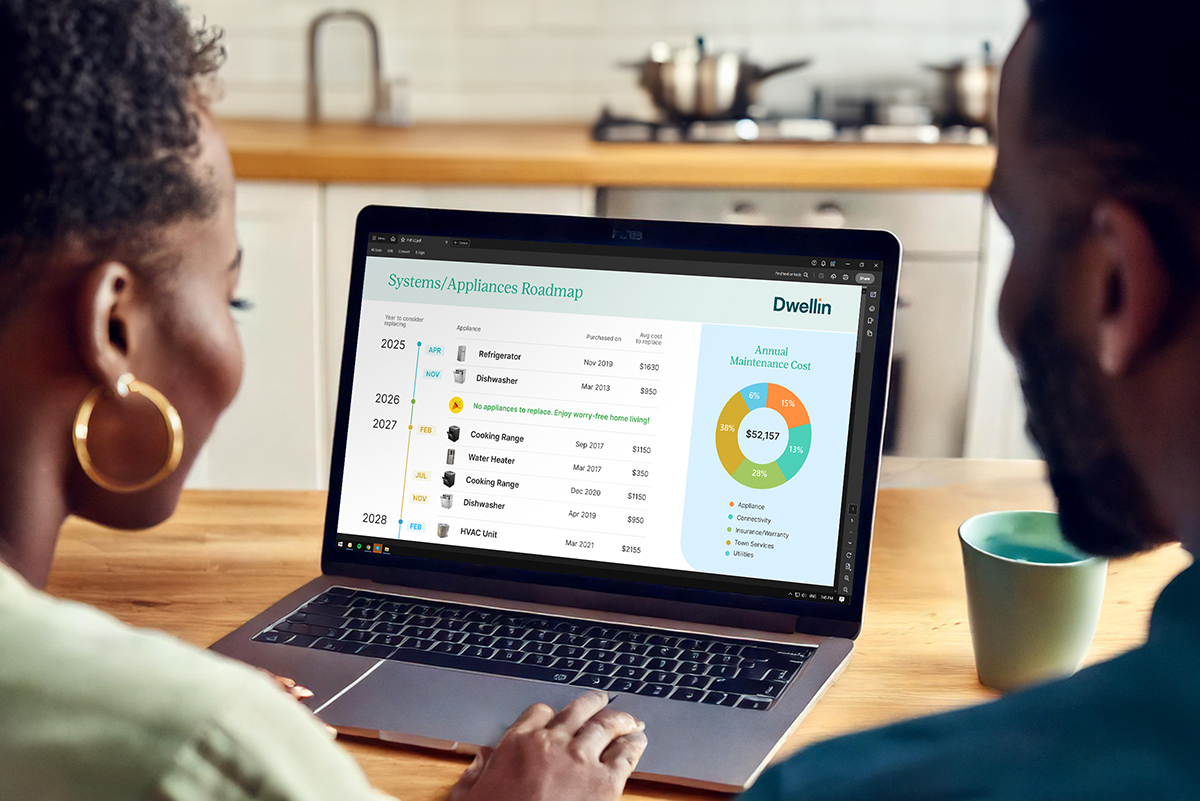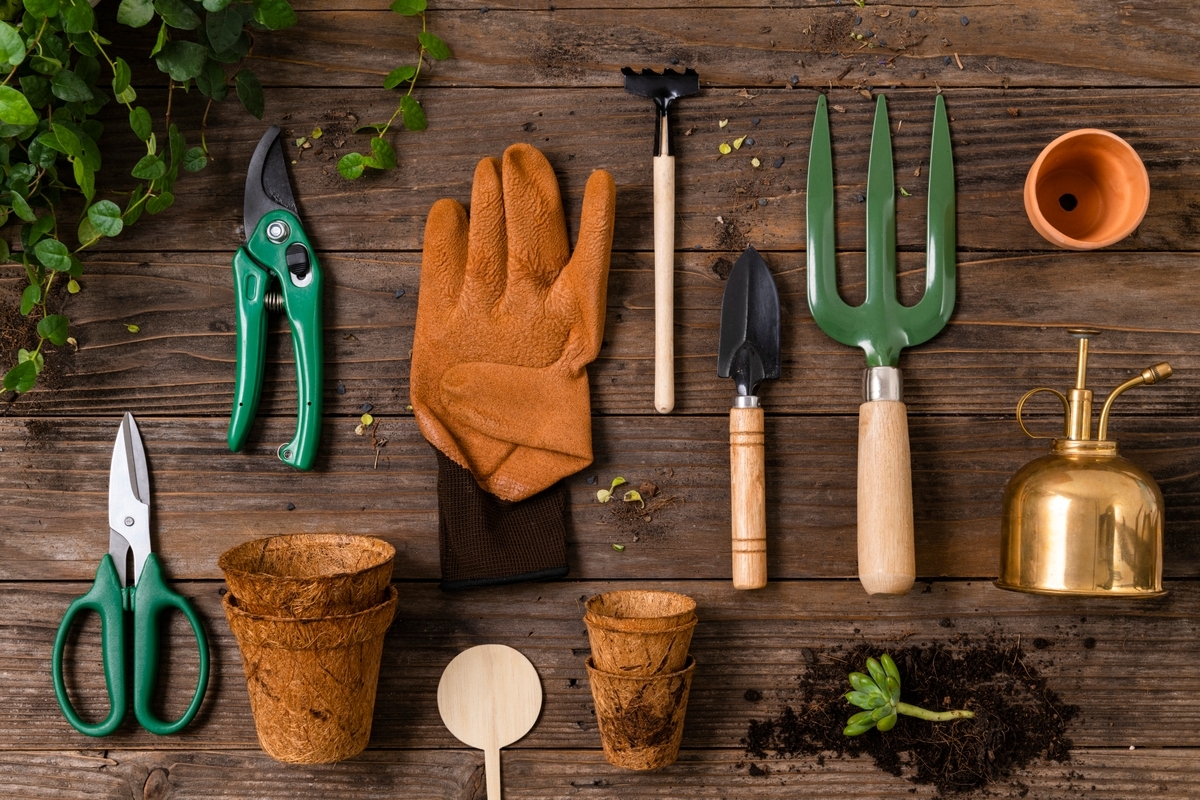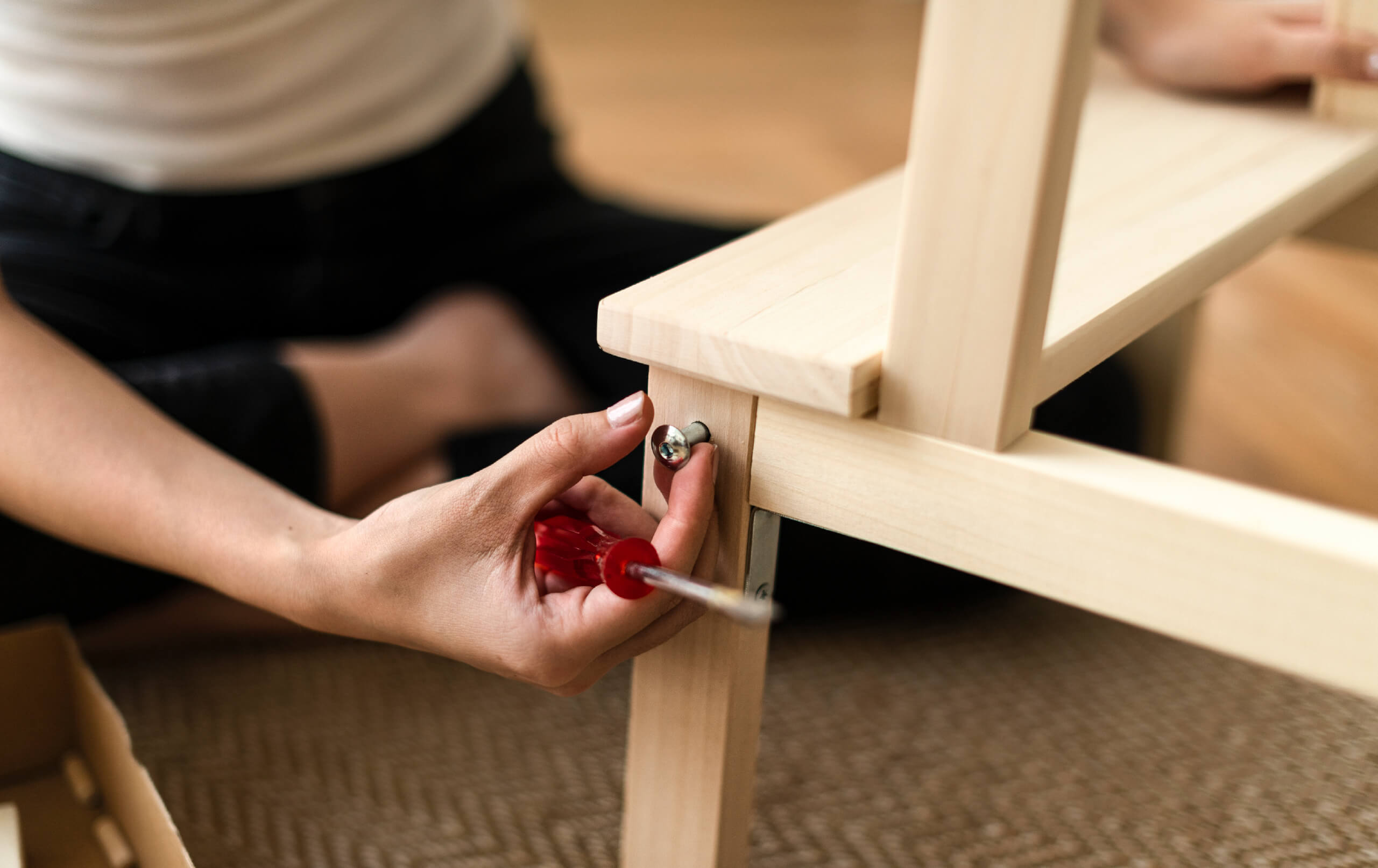Maintenance Tips for First-Time Homeowners
6 minute read

Buying your first home is a feeling like none other. However, not all new homeowners are aware of the importance of maintaining their homes. Keeping your home in a good condition requires regular maintenance. Besides, not everyone knows the ins and outs of taking care of every detail of their house – like the upkeep of home exteriors, home appliances, security checks, seasonal maintenance, to name a few.
Importance of routine home maintenance
By performing a few essential tasks periodically, new homeowners can ensure that their home stays safe, unforeseen repair costs are avoided, and its value is preserved for years to come.
- Maintenance keeps your home in top shape for years to come.
- Preserves your home’s value and its curb appeal.
- It ensures safety and minimizes the risk of potential dangers.
- It saves you from expensive home repairs.
After navigating the complicated territory of escrow and mortgage, the next step moving and settling in the new place while keeping track of the multitude of tasks and details could feel overwhelming. To make things easier, here’s a list of things to take care of in your new home and make sure you cover all bases.
1. Pre-move home maintenance checklist
Before moving in, take some time to get to know your new home- ins and outs, nooks and corners, and the rest. This will not only help you form a connection with the new place but also let you inspect the home’s condition and keep track of all safety measures (in case of emergencies).
Change the locks
It is important that you and your loved ones feel safe in your new home. So, before relocating, one of the first things you want to do is change the lock system, to avoid any safety issues later. A digital lock system is efficient, safe, and user-friendly.
Locate all shut off points and circuit breaker
As a first-time home buyer, one of the most essential tasks is to locate the shutoff valve and learn how to operate them. Knowing where they are and how to operate them comes in handy during pipe maintenance or damage repair.
Like shut-off valves, locate the circuit breaker box, and learn how to operate it. In case of an emergency, these are the points to turn off the electricity supply to your house. However, be sure to familiarize yourself with the breaker buttons and add labels (if not already). This will avoid confusion during emergencies.
PRO-TIP
The circuit box is likely to be in the basement, garage, or storage room.
Learn about utilities
As part of your home search, you might have already researched about the utilities in your neighborhood. If you are moving into a pre-owned home, it is essential to get the home utility sorted in advance. Run a final check on internet and cable operators to make sure your connection is activated (or shifted on your name from your past owners). Schedule a water quality test, enquire about plumbing and waste management systems.
Apart from these, here are some more maintenance tips before moving into your new house.
- Schedule pest control.
- Get a deep cleaning done.
- Child proof and animal proof your home, if required.
- Ask about any HOA rules of your neighborhood.
2. Monthly/Quarterly home maintenance checklist
Most of the monthly or quarterly maintenance tasks are easy to do, however, they are easier to forget when you have recently purchased a new home. Monthly/quarterly home maintenance ensures that your house stays new and well-kept.
Change HVAC filters
The Heating, Ventilating, and Air Conditioning (HVAC) system maintains the right room temperature in every season. To keep it functioning seamlessly, change the HVAC filters every 30-60 days (about 2 months), depending on your use.
If your family members have allergies or if you own pets, consider changing the filters monthly.
Check the furnace filters
With use, furnace filters can accumulate dirt and dust, reducing its efficiency and increasing your electricity bills. To avoid this, check the furnace filters monthly, clean and replace them. Here is a complete furnace maintenance guide.
PRO-TIP
While you are doing the furnace check, test if your thermostat is working properly too.
Clean the garbage disposal
Garbage disposal is a daily used appliance. Regular cleaning prevents bacterial or fungal growth within the disposal system. Cleaning it every few weeks will not only remove the sticky gunk from the disposal but also make its blades sharper. Pour a cup of baking powder down the pipe followed by a 50/50 mix of water and vinegar. Let it sit for a couple of minutes before you rinse everything off with hot water. Here is a detailed step-by-step of how to clean your garbage disposal in 6 simple steps.
Inspect the sump pumps
If your home has a sump pump, it’s recommended to inspect it every few months (especially in the rainy season). Sump pumps prevent groundwater from getting into the crawl spaces and basements, preventing molds and mildew growth.
To test the sump pump, first remove any dirt or debris gathered around it, to prevent clogging. Next, unplug the two cords (pump cord and float cord) and re-plug the pump cord only. If you hear a motor running sound, your pump is working well.
If your sump pump has just one cord, pour 5 gallons of water and check if the pump turns on to pull the water. Also, after this process is completed, the pump must also turn off automatically. If the sump pump fails to work during any of these steps, schedule a professional inspection.
Here are some more monthly maintenance tips for new homeowners
- Caulk your windows to maintain room temperature.
- Clean faucets, aerators and unclog showerheads to avoid plumbing damage.
- Perform routine bathroom cleaning to maintain home hygiene levels.
- Inspect the water softener and replenish salt if required.
- Inspect your gutter and downspouts.
3. Bi-annual home maintenance checklist
Some maintenance tasks do not require frequent upkeep and inspecting them annually can be detrimental. So here is a list of bi-annual/ semi-annual maintenance tasks to catch up on damages at an early stage.
Check the CO2 and smoke detectors
Smoke and CO2 detectors are the first line of defense in dealing with Co2 gas and fire, respectively. In case any of these detectors fail to work, it can lead to disastrous situations. So, be sure to check if the detectors are in working condition and replace their batteries twice a year.
PRO-TIP
Install smoke detectors in basement and garage too.
Clean your refrigerator coils
A refrigerator is a must-have in every kitchen. Timely cleaning of refrigerator coils will help to reduce electricity bills and extend the appliance’s lifespan. These coils are located on the back or under the refrigerator and accumulate dust over time, making your unit consume more energy. Hence, to save electricity and vacuum the gunk away, here is how you can clean your refrigerator coils.
Check the basement, attics, and crawl spaces
The basement and the crawl spaces are favorable spots for mold, mildew, and rust. Keep the crawl spaces and basement clean and dry to eliminate dampness, improve air quality and minimize strange odors.
PRO-TIP
Air out the basement and attics every few months to avoid mold buildup.
Here are some additional bi-annual maintenance tips for new homeowners:
- Clean the dryer vents.
- Get your home audited for energy consumption to locate any damaged wiring.
4. Annual home maintenance for new homeowners
Most homeowners focus on the monthly and bi-annual tasks and overlook the annual ones. It is only after they face major and expensive repair costs that these tasks take priority.
Inspect the driveway and landscaping
A well-maintained driveaway instantly enhances your home curb appeal. Check if your home driveway has any cracks and seal them. Use a pressure washer on the walkway and around the house.
Roof maintenance
Your home roofs face extreme climatic conditions which can damage the shingles. Falling leaves and debris, ice dams, can clog the gutters and cause long-term damage if left unnoticed. Keep a check on the roof, especially as seasons change. Clean debris monthly and perform roof inspections yearly.
Here are 6 roof maintenance tips you need to know.
Along with these outdoor cleaning tasks, these are additional things to take care of during annual checks.
- Check the deck and prevent moisture forming.
- Drain water heater.
- Inspect chimneys.
- Re-paint your home exterior to make your home look new.
Home maintenance can save money, lower utility bills, improve home functionality, extend appliances lifespan, and keep your home running smoothly for years to come.















